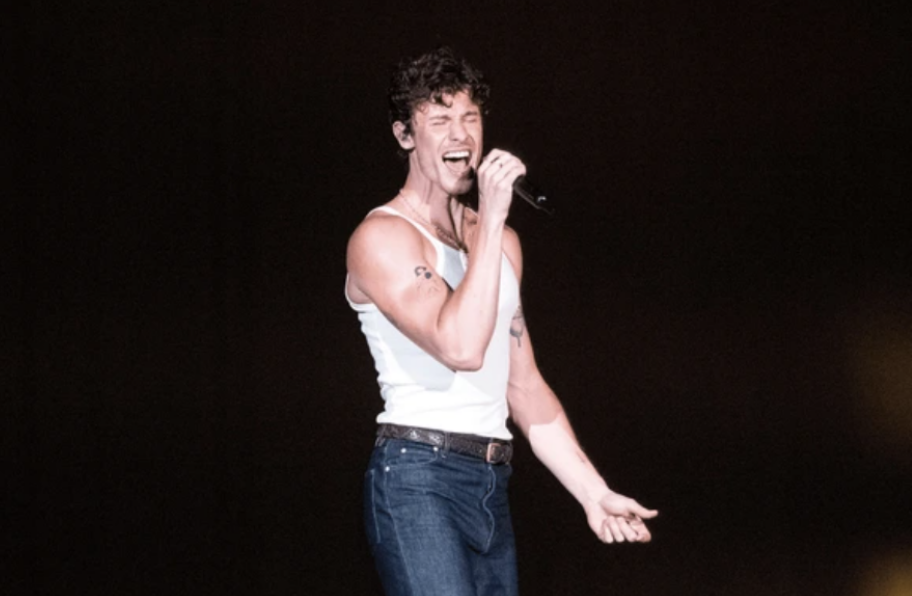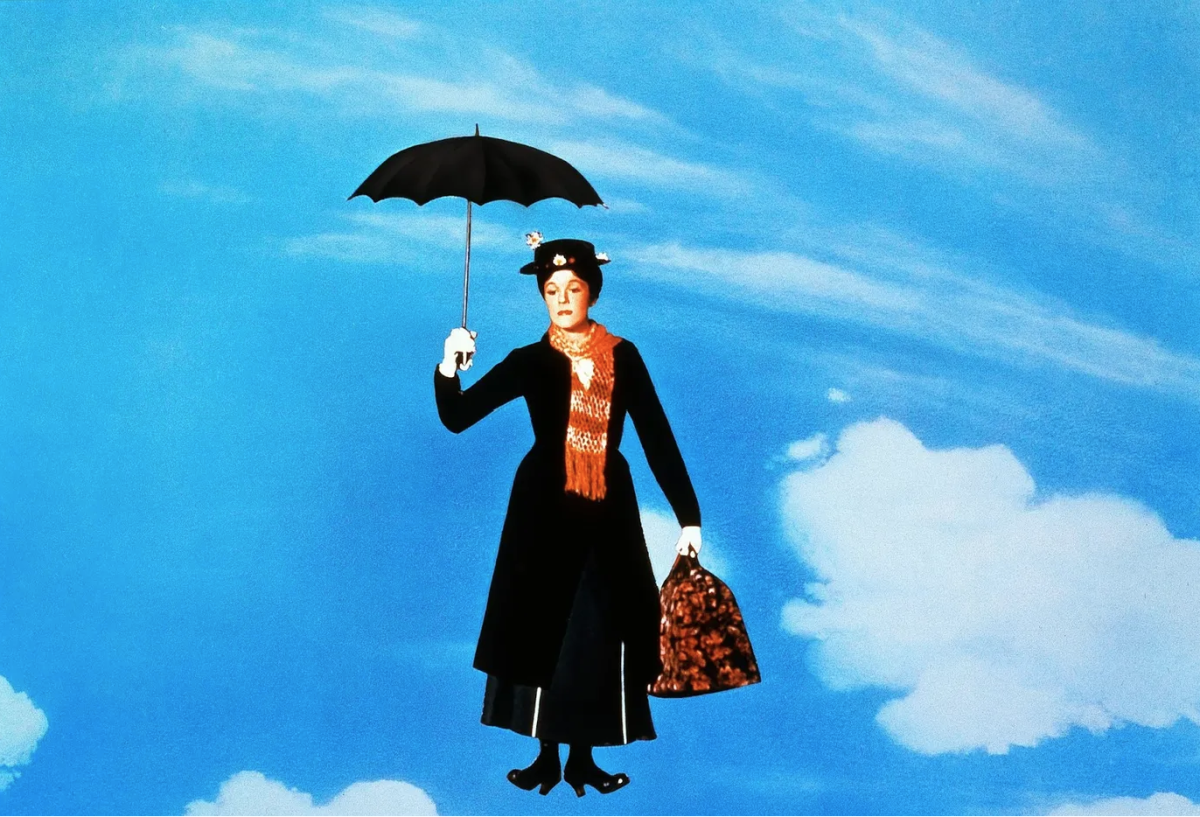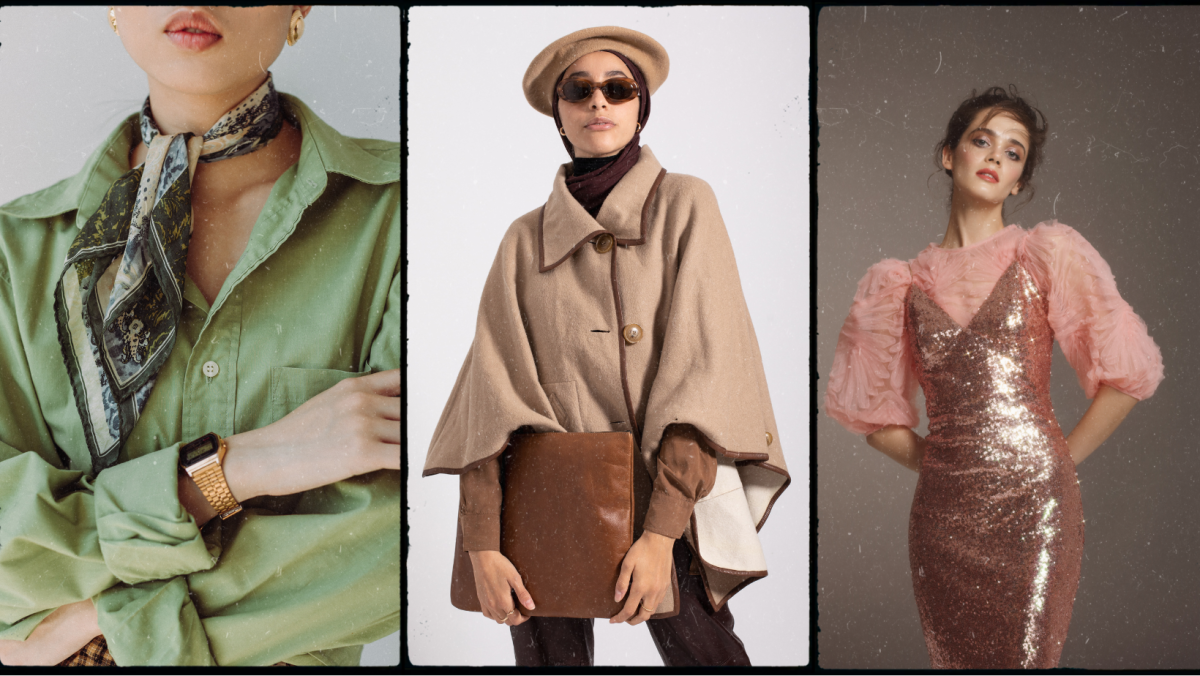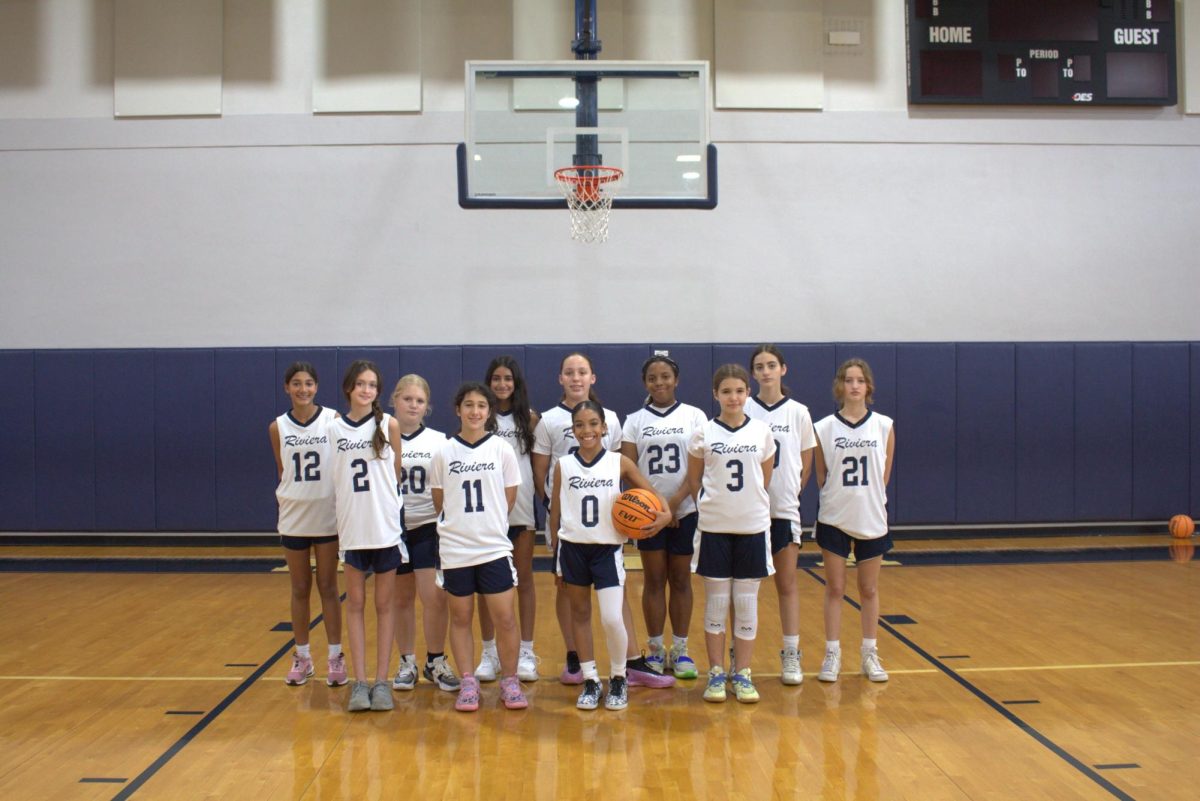Fashion has always been the easiest way for people to express themselves, but it is always changing. In the past, fashion trends have been so influential that they define the aesthetics of the decade; the flapper look of the 1920s, the disco style of the 1970s, and the Juicy Couture Tracksuit era of the 2000s.
However, if I had to explain what the defining trend of the 2010s was, I would probably have to divide the decade into eras; the hipster, mustache era from 2010-2014, the Supreme and Trasher streetwear era from 2015-2018, and the VSCO girl era in 2019. For Gen Z, that marked the beginning of a shift in the cycle of fashion trends. Since the time of the Pura Vida bracelets and the Hydro Flasks, many new trends have emerged, but they are dying out at a higher rate than ever.
How have we shifted so far away from fashion trends that last years? According to a Vice article, one of the main causes is social media.
One major trend on TikTok that shaped the modern landscape of the rapid fashion cycles was adding the suffix “-core” to words. As defined by Time Magainze, “the suffix -core is frequently used as a modifier to describe a type of aesthetic.” Some of these microtrends include kid-core, gorp-core, cottage-core, and corporate-core.
The “-core” trend has since faded into obscurity, but the fast cycle of which these aesthetics came and went lives on. In 2024 alone, there have been several year-defining trends, like cheetah print glamour, coquette bows, and red leather. However, the oversaturation and inescapability of trends on social media platforms tend to wear out trends very quickly. As junior Leonor Parederos Quiros explained,
“I think microtrends are cute but only to a certain extent. When you see something too much you get tired of it and TikTok will make a trend really big to the point that everyone gets sick of it in, like, a week.”
Another factor that I believe led to the surge of rapid fashion cycling is the increase in individualism. In such an interconnected world, some feel that fashion is the easiest outlet to show who they truly are. When a trend becomes “too mainstream,” it takes away the aspect of uniqueness and causes people to lose interest. I asked senior Manuel Valcarcel if the excessiveness of a trend has ever held him back from getting something he wanted,
“At one point, I wanted to get a pair of panda dunks, but I didn’t get them because I just didn’t want to look like everyone else. So I just kind of waited for the trend to die down and got myself something else.”
While individualism has brought self-expression and self-acceptance to people, it’s also made way for more insecurities and fewer fashion risks. People are thinking about themselves too much and allowing the outside world to change what they’re interested in. For those questioning if their favorite shoes are “going out of style,” or whether or not their shirt is “coquette” or “strawberry milk-core,” the answer is within you. What does it matter if an influencer says your favorite sneakers are out of season? If you like something, you should wear it, and not let the clutches of social media make you feel any way about expressing yourself.
Putting fashion trends in a box puts you in a box. This new fashion cycle that social media has initiated shouldn’t affect personal fashion decisions, but it should make you want to experiment with your fashion choices and develop your sense of self.




























